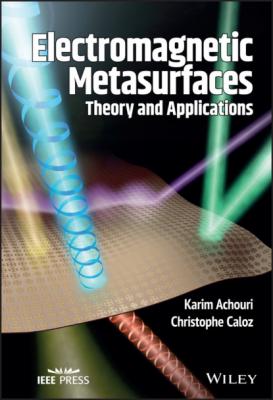alt="t equals 0"/>, its response at
must necessarily be zero. We have thus [59]
(2.7)
where represents the variation of any of the susceptibility components in (2.3) from the steady-state regime, is the Heaviside step function, and is an arbitrary function that satisfies for . Transforming (2.7) to the frequency domain, we get
(2.8)
where
(2.9)
with representing the Fourier transformation operation, being the Dirac delta distribution, and PV denoting the principal value of its argument. Substituting (2.9) into (2.8) leads to the explicit convolution relation
(2.10)
Noting that is a complex quantity, we can rewrite (2.10) in the more explicit form
(2.11)
where and are the real and imaginary parts of , respectively. Since may take arbitrary values for , we chose such that it is time-symmetric (or even), i.e. , which leads to a purely real function . We can then separate (2.11) into its real and imaginary parts as
(2.12a)
(2.12b)
Substituting (2.12a) into (2.12b) yields
(2.13)
